Lemon Ancistrus Short Fin (Ancistrus cf. cirrhosus) Bred in SA
R80,00
Short Fin Lemon Ancistrus (Ancistrus cf. cirrhosus)
The Short Fin Lemon Ancistrus, also called the Lemon Bristlenose Pleco, is a striking, yellow-colored variation of the common Bristlenose Pleco. Its compact size, peaceful nature, and algae-eating habits make it an excellent addition to community aquariums.
The Short Fin Lemon Ancistrus, also called the Lemon Bristlenose Pleco, is a striking, yellow-colored variation of the common Bristlenose Pleco. Its compact size, peaceful nature, and algae-eating habits make it an excellent addition to community aquariums.
Quick Facts:
- Scientific Name: Ancistrus cf. cirrhosus
- Common Names: Lemon Bristlenose Pleco, Short Fin Lemon Ancistrus
- Origin: South America (Amazon Basin)
- Size: 10–12 cm
- Lifespan: 5–8 years
- Temperament: Peaceful, territorial with own species
- Difficulty Level: Easy
Tank Requirements
- Tank Size: 80+ litres (100+ litres preferred for adults)
- Temperature: 22–27°C
- pH Range: 6.5–7.5
- Water Hardness: 3–12 dGH
- Filtration: Moderate to high flow, strong filtration recommended
- Substrate & Decorations:
- Fine sand or smooth gravel to prevent barbel damage.
- Driftwood is essential (provides fiber and hiding places).
- Caves & rocks for shelter and breeding.
- Live plants (Anubias, Java Fern, Amazon Swords) are safe.
Behavior & Tank Mates
- Mostly nocturnal, but will explore during feeding time
- Best kept as a single specimen or in a pair (males can be territorial)
- Compatible Tank Mates:
- Small, peaceful fish (Tetras, Rasboras, Corydoras, Dwarf Gouramis).
- Other bottom dwellers (Otocinclus, Kuhli Loaches, Snails).
- Shrimp (but may eat very small ones).
- Avoid large/aggressive cichlids or fin-nipping species.
Diet
The Lemon Ancistrus is primarily herbivorous but needs a well-rounded diet:
- Algae Wafers & Sinking Pellets (main diet).
- Blanched Vegetables (zucchini, cucumber, spinach, sweet potato).
- Occasional Protein (bloodworms, brine shrimp, Repashy gel food).
- Driftwood helps with digestion and should always be present.
Breeding
- Cave spawners – males guard the eggs
- Provide a breeding cave (ceramic, coconut shell, or driftwood crevices)
- Eggs hatch in ~5 days, and fry eat biofilm, algae, and powdered food
- Fry grow fast with regular feeding and clean water
Care Tips
✔ Provide driftwood for shelter and digestion support
✔ Offer fresh vegetables 2–3 times per week
✔ Maintain clean water with good filtration
✔ Avoid rough substrate that can damage barbels
Why Keep Short Fin Lemon Ancistrus?
✅ Bright yellow color adds contrast to the tank
✅ Great algae eater, helping to keep the tank clean
✅ Peaceful and hardy – beginner-friendly
✅ Smaller size compared to common plecos
Would you like advice on tank setup or diet plans? 😊

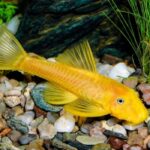
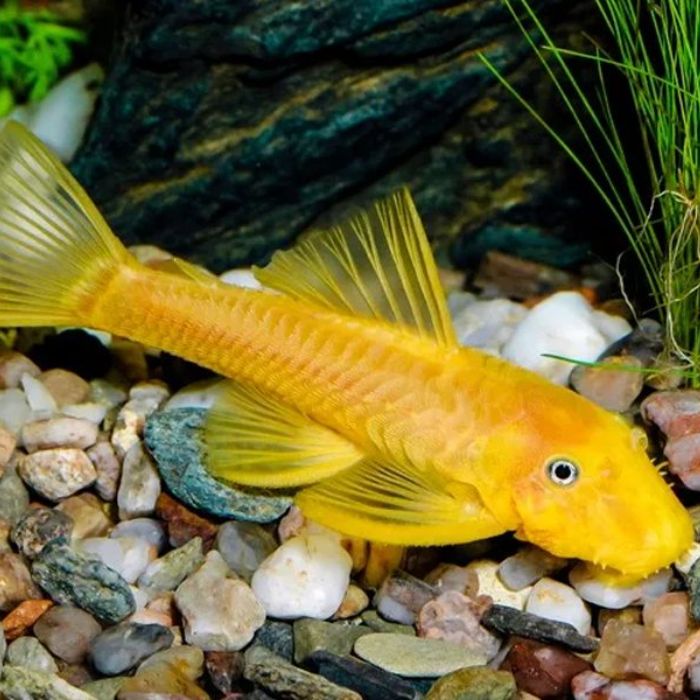
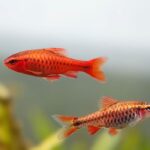

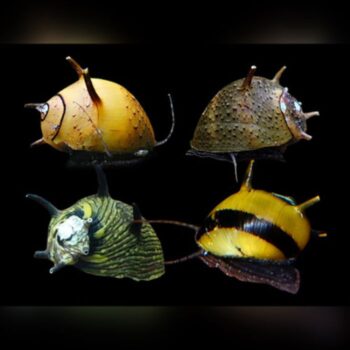



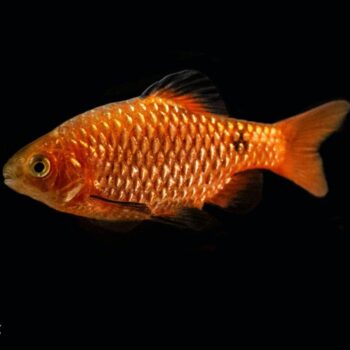
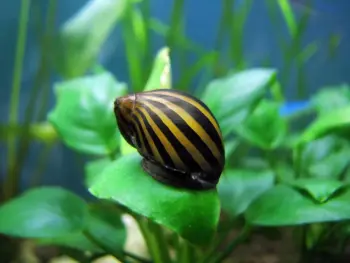
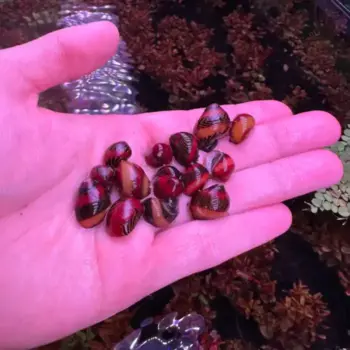
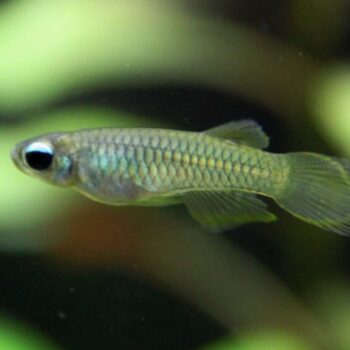
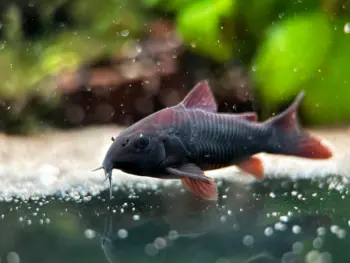
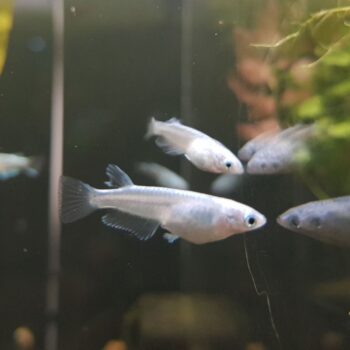
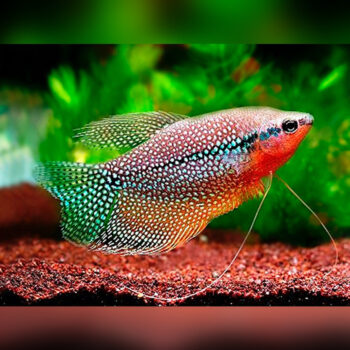
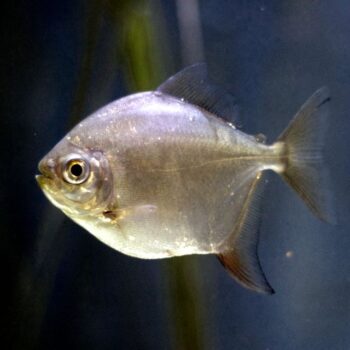
Reviews
There are no reviews yet.